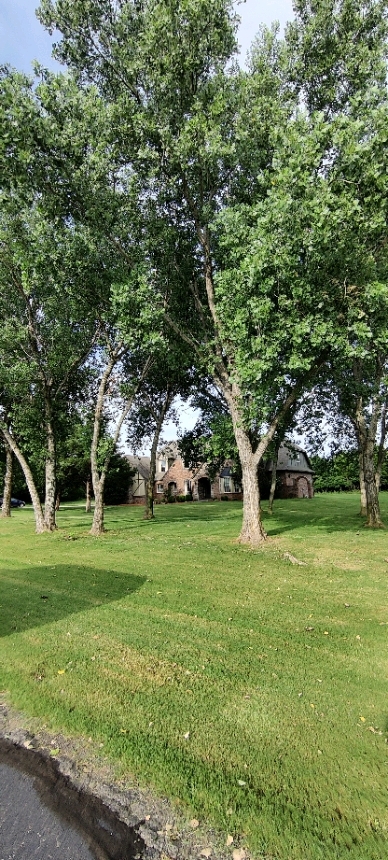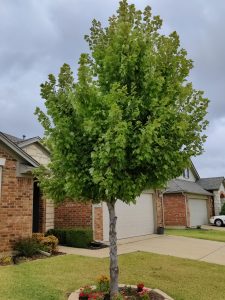Spring time is when your tree needs the most TLC. There are few must do’s as you transition out of the cold months and into the warmer weather. The following steps should be taken in April/May.
First, be sure to check your tree and ensure that it survived the winter unscathed. You are looking for broken limbs or branches, cracks or fissures in the bark, or evidence of insects. These physical signs can be a signal that your tree is sick and needs immediate treatment. It is important to identify exactly what is affecting the tree so that the treatment will have the highest quality of success, with the least amount of impact to your budget.
Next, it is time to prune and prepare the tree for the next phase of the year. Be sure to remove the dead branches and debris and to clear the area at the base of the tree for maximum growth and health. This is the ultimate time for a soil sample. This will tell you exactly what is going on chemically so that next steps are done with your tree’s exact needs in mind. Please be aware that pruning should be precise based on the size and growth patterns of your specific species of tree. Under and over pruning can lead to tree stress and has an equally gross impact on the health of your tree. Stressed trees are more susceptible to pests and disease.
Next, it is time to fertilize and provide sustenance for your tree. With the results of your soil sample in hand, you know exactly what treatment plan makes the most sense. This will also save you money as many tree owners mistakenly spend large volumes of money and time on products that ultimately do more harm than good. The end result is the loss of their tree or other landscape. But, not you! You got a soli sample and are ahead of the game.
Next, we mulch! Mulching around the base of the tree locks in the moisture and healthy products that were so specifically applied. This will help the soil around your tree to retain a cooler temperature. It also helps to suppress those frustrating and unsightly weeds that can steal the trees nutrients and attract additional pests.
Finally, we water. This is a step that must occur every day. Most soil suffers from impaction. This means that in order for your tree to get the moisture it needs, the water has to fully saturate the soil around the tree. Pro tip – rain will not water your tree. It simply does not pool and saturate enough. Please keep in mind that the ideal water ratio depends on factors such as tree species, age, climate, and soil type. A best practice is to dig a small hole 6-8 inches deep near the tree, if the soil is still dry, its not enough water.
If you would like a personal analysis of the health of your trees, soil, or overall landscape – we are always here to help!
Happy Spring Everyone!






